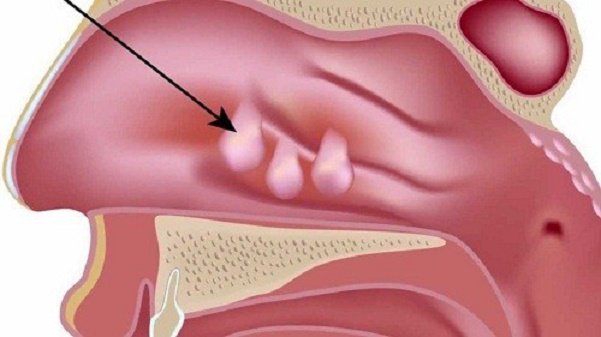Cause of Nose Polyp Formation - How to treat nose polyps naturally ?

The present study confirmed that epithelial damage is a characteristic of nose polyps. The grade of epithelial damage was determined and compared between patients with asthma vs.non-asthmatics and patients with allergy vs. non-allergics. Damage to the columnar cells was more extensive in allergic patients. The relative length of columnar cell desmosomes was significantly reduced in asthmatics vs. non-asthmatics, and inallergics vs. non-allergics. Massive infiltration of eosinophils was observed in both epithelium and connectivet issue in all groups. No significant difference inthickness of the basal lamina was found betweenany of the groups. All patients had dilated capillaries in the connective tissue, which was oedematous.A previous study from our group has demon-strated a correlation between the number of inflammatory cells and epithelial damage in bron-chial biopsies from patients with asthma. Epithelial defects have...




